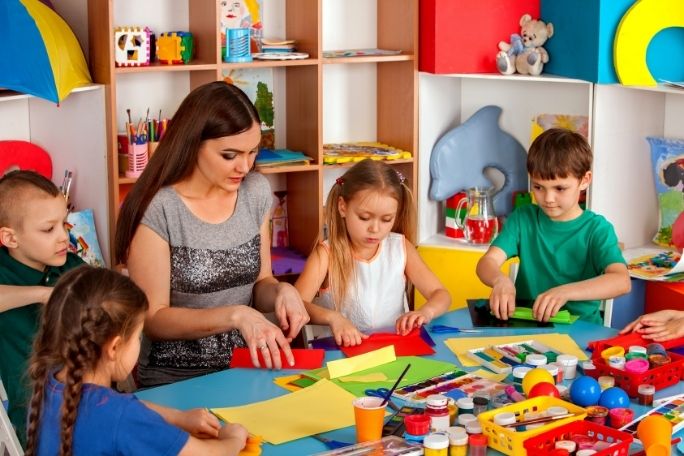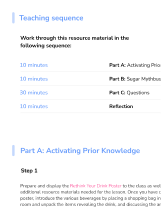Lesson summary
This is a STEAM lesson, which adds the Arts to STEM (Science, Technology, Engineering and Mathematics).
Origami is a traditional Japanese art form, but did you know that it has a significant influence on engineering and design? Origami techniques have been used to solve an array of design challenges in which electrical or mechanical resources need to be transported in small spaces, such as telescopes being sent to space. In this lesson, students will explore the relevance of origami to the fields of science and engineering. They will then learn selected origami techniques and apply their new learning to create 3D art. Through this process, students will engage with the interconnected nature of science, technology, engineering, art and mathematics, what we commonly speak of in education as STEAM.
Learning intentions:
Students will...
- understand how origami techniques can be applied to science, technology, art, engineering, and mathematics.
Success criteria:
Students can...
- explain in their own words how origami techniques are useful in the fields of science, engineering and design
- explain in their own words how science, technology, engineering, art and mathematics are interconnected
- create an architectural model using paper folding techniques
- explain the folding techniques they have used to create their model
- explain art elements and/or principles considered in the creation of architectural design.
Lesson guides and printables
Lesson details
Curriculum mapping
We encourage you to teach STEAM both through and between disciplines (transdisciplinary).
This lesson could be used across multiple strands of the curriculum, including Science, Maths, English and Visual Arts. Consider focusing on a curriculum strand that will complement other areas of learning you and your students are working on.
Syllabus outcomes: MA3-9MG, MA3-10MG, MA3-14MG, MA3-15MG, MA3-16MG, MA3-1WM, MA3‑2WM, MA3‑3WM, ST3-14BE, ST3-13MW, ST3-5WT, VAS3.1, VAS3.2, EN3-2A, EN3-3A
General capabilities: Literacy, Numeracy.
Cross Curriculum Priorities: Sustainability.
Unit of work: STEAM Made Simple – Primary
Time required: 120 mins
Level of teacher scaffolding: medium – teacher scaffolding may be required at different points throughout the lessons for students who face specific challenges. This could include difficulty folding, or difficulty developing artistic ideas.
Resources required
- Access to digital devices (for students who wish to explore additional folds).
- Boxboard (one piece per student)
- Device capable of presenting a video to the class
- Icy-pole sticks and matchsticks to stabilise architectural designs
- Origami Folds Step by Step Instructions (one copy per two students, or equipment to project to the whole class)
- Origami Handbook
- Various matte kinder squares and circles, small and large sizes (or origami paper cut to size)
Skills
This lesson is designed to build students’ competencies in the following skills:
- Collaboration
- Communication
- Community engagement
- Creativity
Additional info
STEAM Education:
Over recent years, the importance of STEM has been heavily promoted and discussed within fields of education. This has been within the context of ensuring that the next generation of students are provided with relevant knowledge and skills for the 21st century. STEM acknowledges the importance of the interrelated nature of science, technology, engineering and mathematics and the prominence of these skills in a world of continuous technological advancement.
What was missing from this original acronym, however, was an acknowledgement of the vital importance of artistic and creative thinking. The ability to think outside the box to develop artistic and creative solutions.
The relevance of art is integral to success in all of the original STEM areas, and so STEAM education is now moving to the forefront. Significant figures in science and technological advancement (notably Leonardo DaVinci, Albert Einstein and Steve Jobs) valued and applied the contribution of artistic skill into their work and art, design and creativity is also pivotal to success in industries such as marketing, advertising and promotion.
This is an original Cool+ lesson.


Welcome back!
Don't have an account yet?
Log in with:
Create your free Cool.org account.
Many of our resources are free, with an option to upgrade to Cool+ for premium content.
Already have an account?
Sign up with:
By signing up you accept Cool.org's Terms and Conditions(Opens in new tab) and Privacy Policy(Opens in new tab).